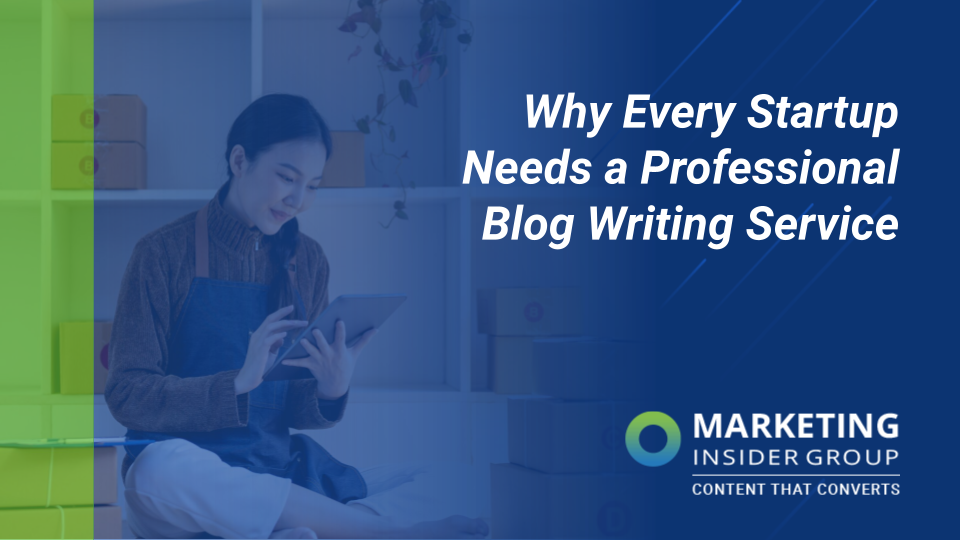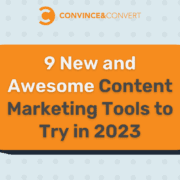Is Account-Based Marketing Right for You?

Account-based marketing (ABM) is a strategy that is especially beneficial for B2B companies. ABM involves identifying, obtaining, and marketing to targeted, high-value accounts and communicating directly with executives and business leaders who have authority in large purchasing or contractual decisions.
This suits the B2B space by targeting specific decision-makers right from the start, filtering out unqualified prospects, and aligning marketing and sales on strategy, content, and engagement for each account. Also, ABM results in a faster turnaround of more qualified sales leads, allows for highly personalized and targeted campaigns, builds trust with B2B decision-makers, and offers additional support for the sales process.
With ABM, your money only goes towards the most qualified leads, which means shorter sales cycles, more personalized approaches to lead nurturing, and goal alignment between sales and marketing. The industries that benefit the most from ABM are:
- Healthcare & Life Sciences
- Software & Technology
- Commercial Business Services
- Manufacturing
- Industrial Services
Here are some of the key indicators that your business should experiment with account-based marketing.
Your products or services are suited toward a specific, narrow target.
ABM is a great strategy to put into play if you have or can create a list of companies you’d like to do business with; the narrower your ideal target, the better for utilizing ABM. When you know exactly what companies you want to go after, targeting them—and developing a personalized and successful campaign—will be that much easier.
Finding your ideal target starts with looking at your current customers and analyzing data about their spending with you. Look at where your customers are spending, what they’re spending most on, and what your retention rate is. This information will help you paint an accurate picture of your ideal customers and strengths and weaknesses, which will not only help you narrow your target but also help you bolster your business.
Make sure your data is accurate and updated, then connect with the people who are looking for your products and services so you can hopefully add them to your customer roster.
Your revenue mostly comes from the top 20% of your customers.
If the top 20% of your customers provide most of your company’s revenue, then you’ll have a higher return on investment (ROI) by utilizing ABM. The reason for this is simple: if your campaign goes deep into cross-selling and upselling to your existing customers, you’ll save big on your marketing budget. Rather than wasting your resources attempting to sell to prospects and smaller customers, by expanding the accounts of your top clients, you’ll earn more with less work.
In B2B companies, we see this type of account expansion in new product launches, cross-sales after an acquisition, company-wide expansions, updated branding, and renewing existing contracts and sales agreements. The revenue is coming from an existing customer, but you’re making more by offering them newer and bigger products and services.
Keep in mind that you’ll have the greatest ABM success by targeting and selling to fewer, bigger clients as opposed to many smaller clients. Finding and keeping those top, high-value customers is the way to solidify your ABM efforts.
Your product or services requires a long sales cycle.
ABM is best suited to companies with a longer sales cycle. Many B2B products or services have long sales cycles—ranging from several months to a year—because of the complex, long-term nature of the purchases. However, using ABM can help you shorten your sales cycle by not wasting time on leads that won’t convert.
When your product or service has a long sales cycle, utilizing ABM can ensure you’re working as efficiently as possible. You don’t want any guesswork involved as you wait for your marketing leads to pay off, you want to ensure that you’re targeting customers with real potential.
You can reach key decision-makers within your target accounts.
Knowing who you want to target is one thing—being able to actually reach key decision-makers is another. This can be a challenge but partnering with an agency that has the tools to help can be your solution. At Sagefrog for example, we leverage RollWorks, among other ABM tools, to bring our B2B customers an ABM platform that works for their needs.
Your company has the resources to support your ABM efforts.
Before you jump in, make sure you’re prepared to invest in both expert resources and third-party marketing spending. To get the most out of ABM, you’ll want to invest in the experts—their efficiency and expertise will optimize your chance of success. An agency will be able to provide you with digital ABM strategy, content, creative, and project management to ensure your ABM efforts result in results and ROI.
Your marketing and sales teams are aligned on your ABM goals.
To succeed using ABM, your marketing and sales teams need to be on the same page. While marketing is responsible for defining targets and developing messaging and content, your sales team should focus on outreach, executing tactics, and obtaining feedback. If both teams aren’t tightly aligned and working towards the same goals, account-based marketing isn’t going to work.
If you’re launching an account-based marketing program, Sagefrog can help. Read our “6 Ws of Account-Based Marketing Infographic” and contact Sagefrog today.
The post Is Account-Based Marketing Right for You? appeared first on Marketing Insider Group.












